Wildlife: Pileated Woodpecker
Tuesday, October 22nd, 2013This is Passport to Texas
Fragmentation of old growth forests in the southeastern US and may have contributed to the “extinction” of the ivory billed woodpecker. In 2005, sightings of the bird in Arkansas were reported indicating that after nearly 60 years in oblivion, this phoenix had risen from the ashes.
12—We’ve been getting a lot of calls since that announcement in oh-five, from people in east Texas that are wondering why there’s all this hoopla over ivory bills, because they’ve hand them in their yard for years.
Cliff Shackleford is a non-game ornithologist with Parks and Wildlife. While the ivory billed woodpecker is the largest woodpecker north of Mexico…
09 – We didn’t do a very good job telling people there are two big woodpeckers. And the other one is a common bird in the eastern third of Texas, and that is the pileated Woodpecker.
That’s the bird people have spotted, said Shackleford. It’s an easy mistake to make, too, as the woodpeckers are similar in size and appearance.
18—They’re black, white and they have some red on them. But the big difference between the two—when they’re perched on the tree—the ivory billed has a white backpack. So, the folded wings give it the look like it’s carrying a white backpack. Whereas in the pileated, there’s no white [backpack]. It’s just continuously dark on the back.
Even so, researchers still want to hear about possible sightings of the ivory billed woodpecker…because they never lose hope.
For Texas Parks and Wildlife…I’m Cecilia Nasti.
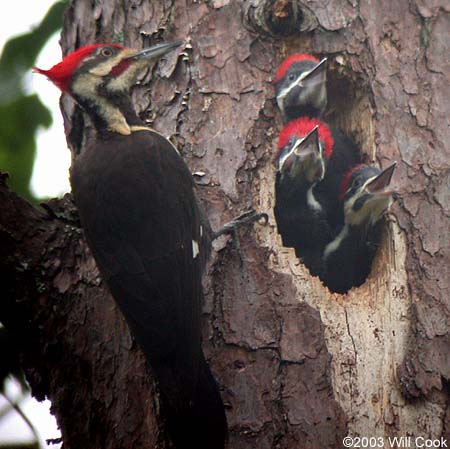

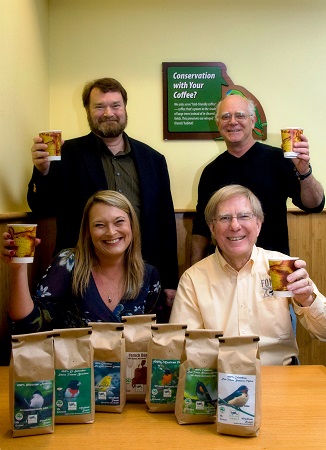
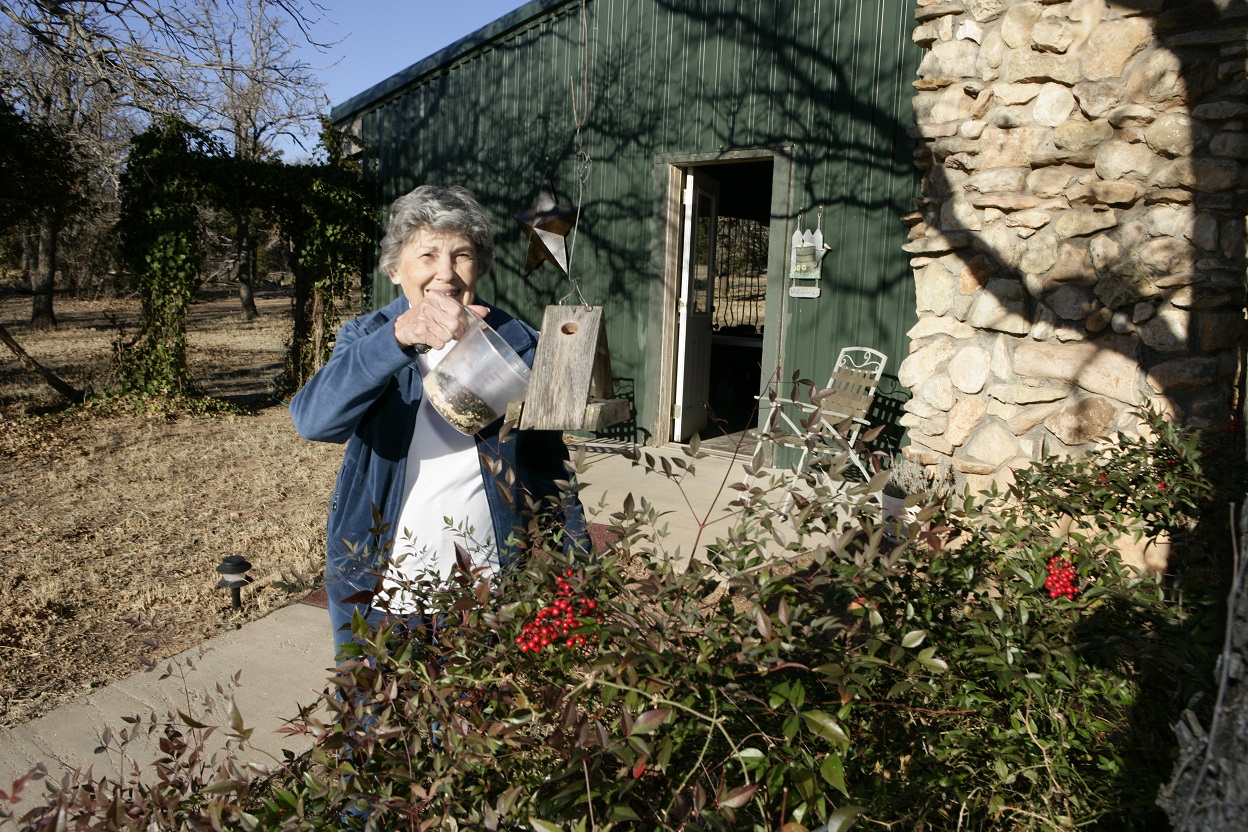
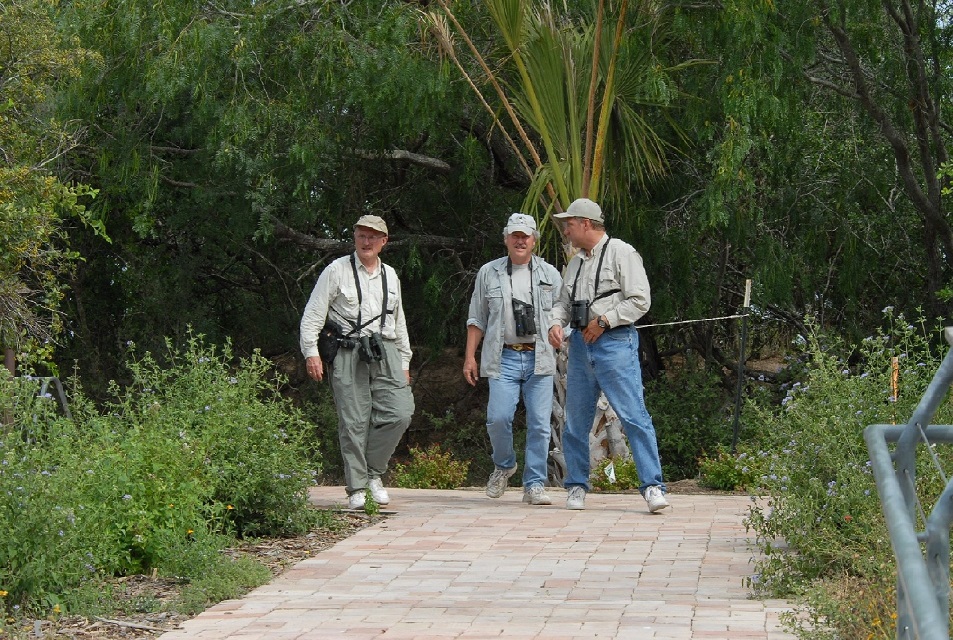
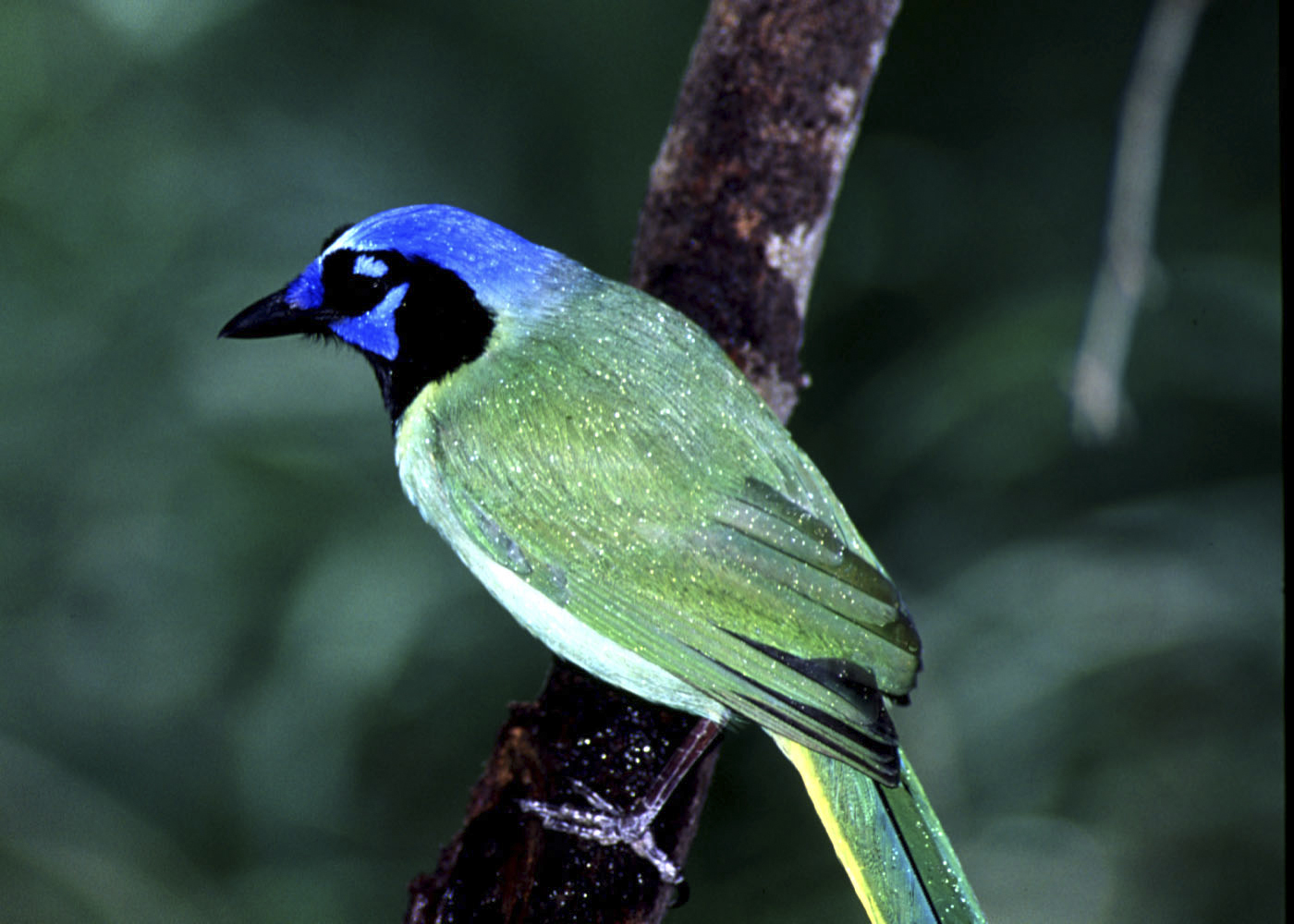

 Passport to Texas is a
Passport to Texas is a  Passport to Texas is made available by:
Passport to Texas is made available by: